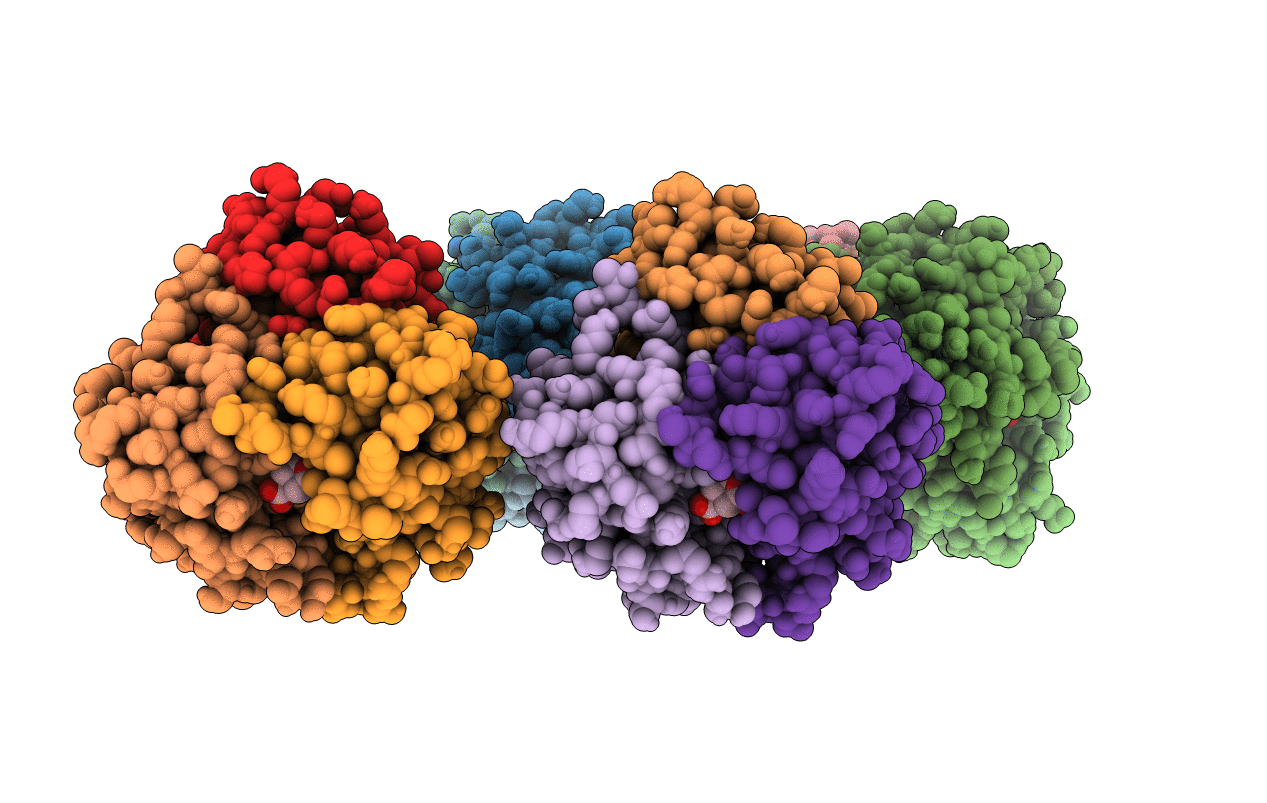
Deposition Date
1994-04-08
Release Date
1994-07-31
Last Version Date
2024-02-14
Entry Detail
PDB ID:
2CHT
Keywords:
Title:
CRYSTAL STRUCTURES OF THE MONOFUNCTIONAL CHORISMATE MUTASE FROM BACILLUS SUBTILIS AND ITS COMPLEX WITH A TRANSITION STATE ANALOG
Biological Source:
Source Organism:
Bacillus subtilis (Taxon ID: 1423)
Method Details:
Experimental Method:
Resolution:
2.20 Å
R-Value Work:
0.18
R-Value Observed:
0.18
Space Group:
P 1 21 1


